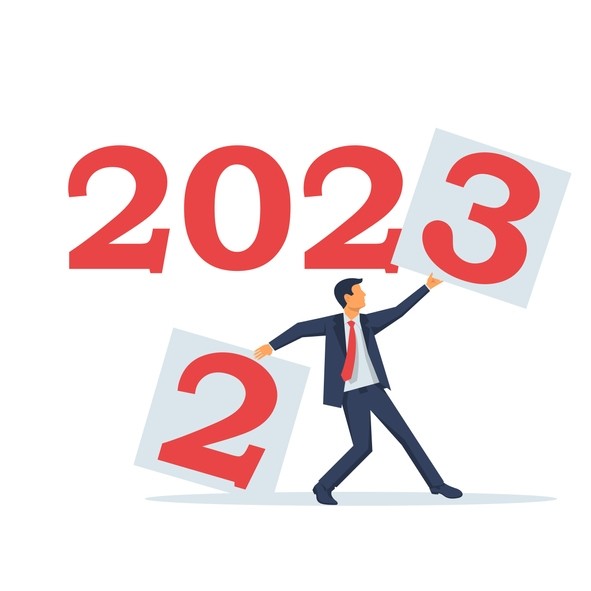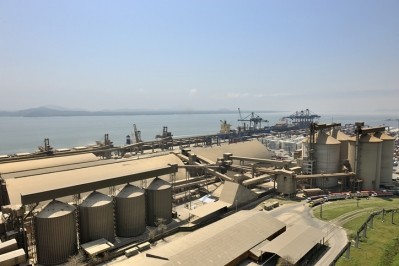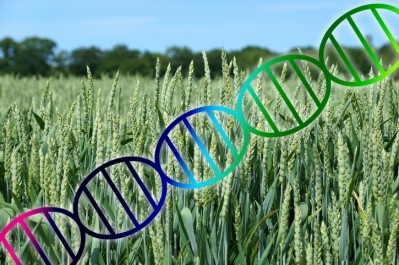Guest article
The year ahead: EU feed industry outlook

The global grain rally was exacerbated by the war in Ukraine this year, leading to supply chain shocks and further volatility in grain markets. The EU Solidarity Lanes and the UN JCC Black Sea agreement have helped to partially buffer the shock. But FEFAC expects the market uncertainty to continue next year.
FEFAC members also expect additional market pressure in the year ahead due to rising competition from the bioenergy sector for traditional co-products, the bio-methanization of sugar beet pulp, animal fats, wheat bran and other fiber-rich feed materials, for example, due to high costs for drying and the EU’s ambitious growth target to reduce its energy dependency from Russia.
EU deforestation regulation
In early December 2022 the EU institutions reached a provisional agreement on the EU deforestation regulation. We know that the development of commodity-specific implementation guidelines by the EU Commission is part of the agreement, which is something we strongly supported. Together with our soy supply chain partners we still have many practical questions about the specific requirements on proof of compliance.
In the coming year, we can expect to be engaged in further technical discussions to facilitate the creation of more clarity. We will continue to work with our chain partners and EU and national authorities to achieve ‘workable’ results preventing disruption of the existing supply chain.
In the meantime, we’ve started to advance with a mid-term review of the FEFAC Soy Sourcing Guidelines, again anticipating market requirements. In early 2023, we should have an upgraded version available where ‘conversion-free soy’ is the key reference for scheme owners. Hopefully, this will help to foster the market recognition of certified soy use as a means to assure sustainable sourcing.
New breeding techniques
The industry also eagerly anticipates the arrival of the long-awaited EU proposal on New Genomic Techniques (NGTs), which is expected in 2023. The European feed manufacturing sector is promoting the use of NGTs to boost the potential of EU plant protein production.
Stakeholders across the board have marked GMO legislation as no longer fit for purpose with new innovations in plant breeding. However, the debate on how the NGT proposal will take us forward will remain controversial.
Circular feed
In the third quarter of 2023, the Commission is expected to present a landmark proposal on sustainable food systems. As part of the animal production value chain, we must be conscious that this proposal may provide new regulatory challenges. The consumption of animal products is very much in the balance here. FEFAC will continue its efforts to position circular feed as part of the solution.
The 30th FEFAC Congress, set to be held in Ystad, Sweden on June 15, 2023, is focused on the role of circular feed to foster the resilience and sustainability of EU food production systems.
FEFAC will also seek regulatory assessment of the joint draft FEFAC and COPA/COGECA guidelines on green feed labelling, which should provide scientifically assessment environmental impact information to livestock and aquaculture customers.
Feed additives legislation
Unfortunately, the modernization of the EU feed additives legislation is now expected to be postponed to 2024 or even later.
This revision was earmarked in the Farm to Fork Communication as a milestone to stimulate innovation and make full use of the potential of feed additives to help in the transition to more sustainable livestock systems.









